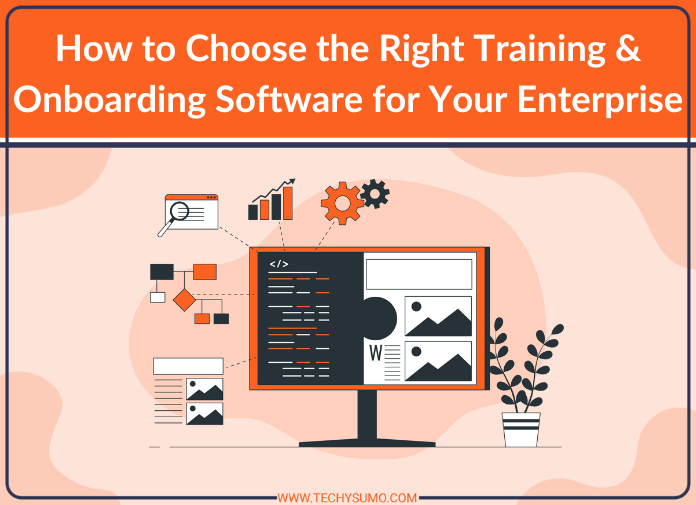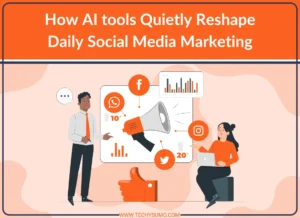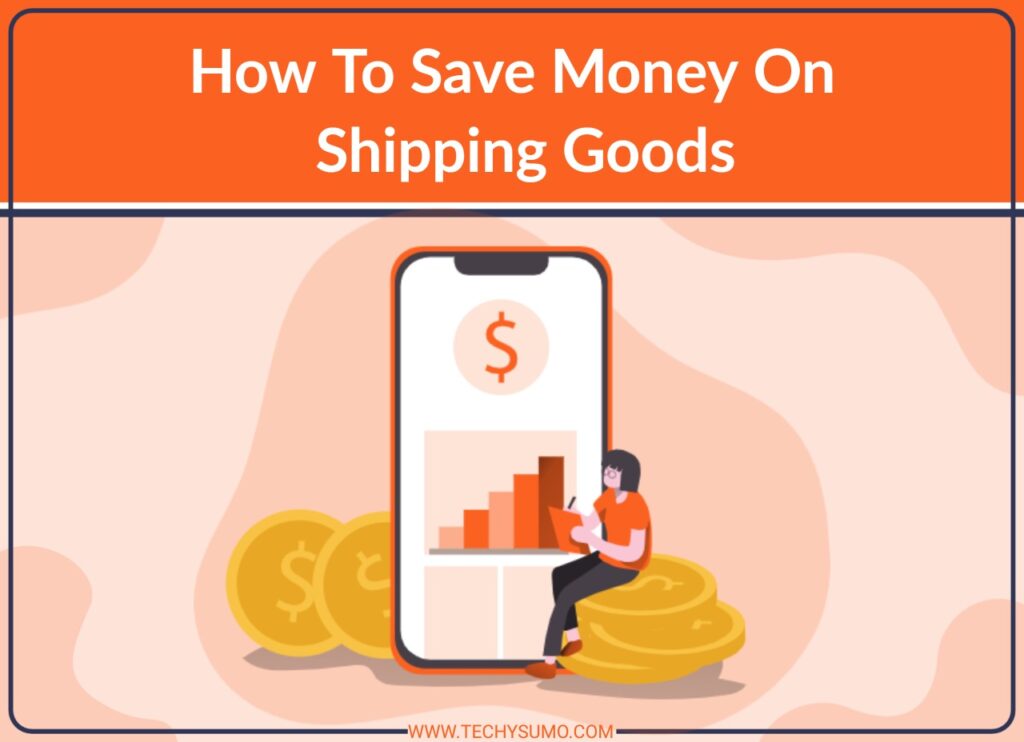Imagine this: You’ve just invested in a suite of cutting-edge enterprise software, but your team is struggling to use it effectively. Training is taking too long, adoption rates are low, and the promised productivity gains seem out of reach. Do you think that subscribing to an employee training software or building a knowledge base would help improve your onboarding time and make your employees efficient?
Well, the harsh reality is “No”. You need to make your software work for your people. And for that, you need to choose the right employee training and onboarding software that not only meets your immediate onboarding and training needs but also provides ongoing value as your company grows and evolves.
So, how do you ensure you’re selecting the best training and onboarding solution for your enterprise? Let’s break down the crucial factors to consider when making this important decision.
Table of Contents
How to Choose the Right Training & Onboarding Software
1. Understand the Core Needs of Your Enterprise
Every enterprise is unique, and the right training software should align with your specific challenges. Start by understanding what your company needs from a training platform. Are you struggling with high turnover rates? Is your company using a mix of complex systems that require consistent training for diverse teams? Or perhaps your issue lies in underutilized enterprise applications?
Different solutions address these pain points:
- Onboarding Software: Focuses on the initial introduction to company tools and culture, setting new employees up for success from day one.
- Enterprise Training Tools: These are designed for long-term training and skill development, ensuring employees continue to grow in their roles.
- Software Onboarding Solutions: These tools specifically target the training needs related to your software ecosystem, providing real-time guidance to improve user proficiency.
2. Scalability and Customizability
As your enterprise grows, so will the complexity of your training and onboarding processes. You need a solution that can scale with your organization and adapt to changing needs over time. Look for a platform that offers:
- Scalable Solutions: Ensure the software can handle the increasing number of users and applications as your business expands.
- Customizable Features: The platform should be flexible enough to meet the needs of different departments, user types, and industry-specific requirements.
With the right solution, your team should be able to create tailored workflows, content, and training materials for different departments, regions, and even software tools within your organization.
3. Seamless Integration with Existing Systems
The best training software doesn’t work in isolation. It should seamlessly integrate with your existing tech stack, including your CRM, ERP, HRM, and other essential systems. This ensures that your training and onboarding efforts align with the rest of your business processes.
You’ll want a digital adoption platform that can integrate with your enterprise applications to streamline the user experience. Whether it’s connecting with your learning management system (LMS) or embedding within enterprise software, the integration should be smooth and effortless to avoid disrupting existing workflows.
4. User Experience and Engagement
An intuitive, user-friendly platform will result in higher engagement and better learning outcomes. If employees find the training software difficult to use or unengaging, it’s likely they’ll abandon it. Look for solutions that offer:
- Contextual In-App Guidance: Real-time tips and instructions delivered right when the user needs it.
- Interactive Learning: Elements such as quizzes, gamification, or interactive checklists that keep users engaged and make learning fun.
- Personalized Training Paths: The ability to adapt to different user needs, roles, and learning preferences, ensuring every employee gets the most relevant experience.
A well-designed user experience that meets users at their point of need will increase software adoption rates, reduce errors, and help employees become proficient faster. You will need an AI-powered DAP that gives In-app guidance, has an intuitive user interface, is easy to use without prior technical knowledge, and, most importantly, adapts to your user needs.
5. Data and Analytics for Continuous Improvement
Tracking the effectiveness of your training programs is crucial for optimizing results. Look for platforms that provide robust analytics to help you monitor user progress, identify pain points, and measure success. Key performance indicators (KPIs) such as engagement rates, completion times, and training success rates will allow you to track how well your employees are using the software.
The right training platform should also give you insights into how employees interact with the software, pinpoint areas where they are struggling, and suggest ways to improve training programs moving forward. This continuous feedback loop allows you to adjust and fine-tune your approach as your business evolves.
6. Cost-Effectiveness and ROI
When selecting training software, cost is always a factor, but it should never be the only consideration. Look for platforms that provide clear, measurable outcomes. How quickly can you see a return on investment (ROI)? Does the platform reduce the time and resources spent on training? Can it lower support costs by minimizing errors and inefficiencies?
A good training software solution will provide quantifiable benefits, such as reducing training time, decreasing the number of support tickets, and improving employee productivity—all of which contribute to a stronger bottom line.
7. Support and Customer Service
Great software is only as good as the support that backs it. You’ll need a vendor who offers responsive, proactive support to ensure that your platform works seamlessly from day one. Look for providers who offer:
- Comprehensive Implementation Support: Assistance during setup and configuration to make sure everything runs smoothly.
- Ongoing Customer Support: Access to help when needed, whether it’s for troubleshooting or optimizing your platform.
- Training Resources for Administrators: Detailed guides, webinars, and best practices to ensure your internal team can manage the platform with ease.
Why an AI-Powered Digital Adoption Platform (DAP) is the Ultimate Solution
Now that we’ve covered the essential features to look for, it’s important to understand how an AI-powered Digital Adoption Platform (DAP) can solve these challenges and more. A robust DAP, driven by AI and machine learning, can:
- Accelerate Onboarding: AI-driven, in-app guidance ensures users get help at the exact moment they need it, reducing onboarding time by up to 50%.
- Boost User Efficiency: AI-powered automation can proactively address common user challenges, cutting errors by 30% and improving overall process completion rates by 45%.
- Enhanced Adoption: By delivering context-aware support, an AI-powered DAP simplifies complex processes and makes applications easier to use, driving faster adoption across your organization.
- Measure and Optimize: Unlike traditional systems, an AI-powered DAP continuously tracks performance, providing real-time data and actionable insights that help you optimize software utilization and improve ROI. Enterprises using such platforms have reported up to a 3.4x ROI in the first year.
An AI-powered DAP doesn’t just train employees—it maximizes the value of your entire software ecosystem by ensuring that every user is productive, every process is optimized, and every dollar spent on technology delivers measurable outcomes.
Training & Onboarding Software Evaluation Checklist
| Criteria | Questions to Ask | ✔ Check if Applicable |
| Scalability | Does the software grow with your organization and adapt to increasing user demands? | ☐ |
| Customization | Can the platform be tailored to suit the unique needs of your team, department, or industry? | ☐ |
| User Experience | Is the software easy to use, with intuitive interfaces and minimal learning curves? | ☐ |
| Integration | Does the platform integrate seamlessly with your existing tech stack and enterprise applications? | ☐ |
| Real-Time Analytics | Does the software provide actionable insights to track adoption, progress, and performance? | ☐ |
| AI-Driven Support | Does it offer AI-powered automation and contextual guidance to help users at the point of need? | ☐ |
| ROI Measurement | Does the software provide clear metrics and reports to demonstrate tangible ROI (e.g., faster onboarding, fewer errors, improved productivity)? | ☐ |
| Support and Training | Does the vendor offer responsive support and assistance for smooth implementation and continued success? | ☐ |
| Cost-Effectiveness | Does the software provide value for the cost, with measurable improvements in efficiency, training, and onboarding time? | ☐ |
Conclusion
Choosing the right employee training and onboarding software is a decision that can impact the efficiency, productivity, and ROI of your entire enterprise. The ideal platform should not only streamline training but also align with your company’s goals, adapt as you scale, and provide ongoing value over time.
By considering scalability, integration, user experience, and measurable ROI, you can ensure that your enterprise invests in a solution that truly empowers your workforce. With the right software in place, you can boost employee productivity, enhance software adoption, and ultimately drive long-term business success.






